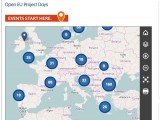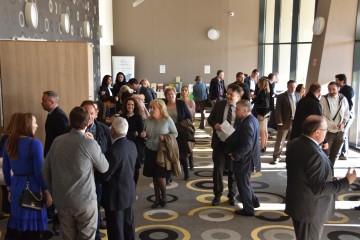2007-2013 Projects as Best Practice Examples
With the new projects in the making, we are still keeping in touch with the projects of the previous period, both with follow-up reports and through dissemination of results on national and international level, always happy to share our projects' achievements and long-term results.

As already said many times before,
projects are a programme’s best ambassadors, and the only guarantee of
long-term impact and success of any programme. This is why we have always supported our projects in implementation as well as in presentation of results and achievements whether on local, regional, national or EU level. We are very proud to remember that we had the only IPA project in an EC publication on regional policy back in 2010 and our projects have been featured in many other media outlets since.
We continue to present
the results of the previous programming period, as many of the new projects will also in some way be
continuations of former cooperation between partners, which was, after all, recognized as the strongest and most tangible result of the whole programming period.
This was exactly the case with our
strategic project De-mine HUHR II, which is a continuation of a previous successful project, implemented by a strong, experienced partnership. As the foundation of any successful project is
good communication, it is clear that the partners invested a lot of effort in creating the best tools for communicating within the team, but also creating a positive image about their projects and sharing widely their results. This is why both projects were
presented at the Interreg Communication Seminar in Valencia in February, serving as a best practice example to other project and programme managers. The projects were consequently also highlighted on
DG Regio’s official Social Media Accounts, and at the
Annual Interreg Event in Malta.
As part of the
Open EU Project Days, launched just last week within the
Europe in My Region campaign, some of the HU-HR projects have opened their doors and can be visited during the manifestation. To see the full list of projects participating in the event, please visit the Open EU Project Days website.

